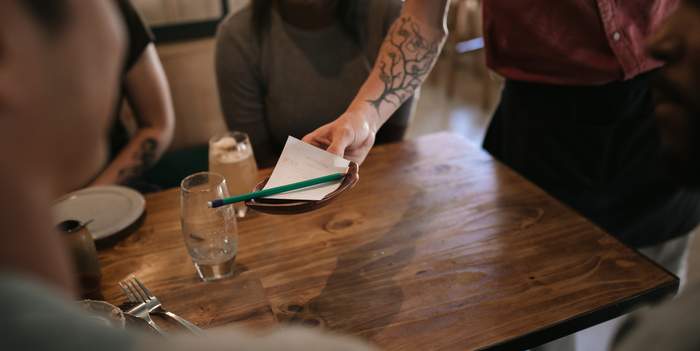
We’ve conducted studies analyzing spending habits by age and gender. We have noted that women spend slightly more than men, and that 41- to 45-year-olds spend the most. But what impact does the size of a party have on the amount a guest spends while visiting a brewery?
Through a Secret Hopper study consisting of 5,700 unique, non-paid brewery visits we dug into data on spending habits by party size. The average party in the sample was 3.13 guests, and the median party size was two guests. The average party spent $43.42, with the average check covering 1.94 guests. While this data is all fine and dandy, does a person in a smaller or larger party spend more and why?
Spending per guest, per party size
Solo guests accounted for 10.8 percent of total brewery visits in our sample. A guest visiting a brewery alone spent an average of $29.90.
Guests visited as a party of two 45.6 percent of the time. The average person in a party of two spent $22.70. This is 31.7 percent less per person than what a single guest spent.
The party of three accounts for 15.5 percent of brewery visits. The average person in a party of three spends $22.12. The average person in a party of four, accounting for 12.8 percent of total visits, spent $22.69. The average person in a party of five spends $22.55, accounting for 5.2 percent of brewery visits. The average person in a party of six, which account for 3.9 percent of visits, spent $23.81.
Lastly, guests in parties of seven and above spent an average of $21.11, accounting for 6.2 percent of total brewery visits.
Why might a single guest spend more?
Regarding a party of one, it can be argued that the amount the guest spends is influenced by fewer outside factors. When more guests are part of a group, they equate to contributing factors that can encourage, or discourage, a person to spend more.
A single guest can also be given more one-on-one attention from brewery staff. This can influence them to spend more. In larger parties, brewery staff is dividing their attention between more people. The data supports this hypothesis.
Let’s take a look at the amount a guest spends in relation to the level of engagement they received.
We define the levels engagements as the following:
Low: The staff does not attempt to build a connection with the guest and is absent for the bulk of the guest’s visit.
Neutral: The staff goes through the motions, neither impressing or disappointing the guest.
Moderate: The staff greets the guest, offers recommendations and checks back in a timely fashion.
High: The staff goes above and beyond moderate, wowing the guest.
Single guests receive high engagement 48.7 percent of the time. Guests in parties of two receive high engagement 42.4 percent of the time, 6.3 percent less.
As the party size increases, the likelihood of the guest receiving high engagement decreases.
Interestingly enough, single shoppers are also the most likely to receive low engagement, at 6.5 percent of the time, albeit barely greater than the likelihood of larger parties to receiving low engagement.
Single guests are the least likely to receive neutral engagement. Parties of two receive neutral engagement 15.6 percent of the time and parties of three stand at 15 percent. Once we increase past three guests, the likelihood of receiving neutral engagement increases along with the party size.
With regard to moderate engagement, single guests are least likely to receive this, at 32 percent of the time. All greater party sizes stay close together, receiving moderate engagement between 36.2 percent (party of two) to 39 percent (party of six) of the time.
While a server may check back frequently on a larger party, this does not always translate to engagement. Additional touch points are a great way to offer high-quality service, but engagement is going above and beyond to build a personal connection.
Staff should seek to create the right relationship with each guest, no matter the party size they fall in. This can be achieved by tactics such as the 30 Second Conversation. Extra staff on hand, especially during busy shifts, can also help increase the level of engagement offered, creating a lower staff to guest ratio. Instead of just slinging drinks to a full bar, bring an extra hand on to serve connections. Learning to offer the ideal level of engagement to parties, both small and large, will help your brewery to better build relationships. Relationships are the difference from having a good beer and having a great experience.
Andrew Coplon is the Founder of Secret Hopper, a mystery shopping company for craft beer businesses, and Craft Beer Professionals, a community dedicated to the growth and betterment of the craft beer industry. Check out all of his CBB articles here.

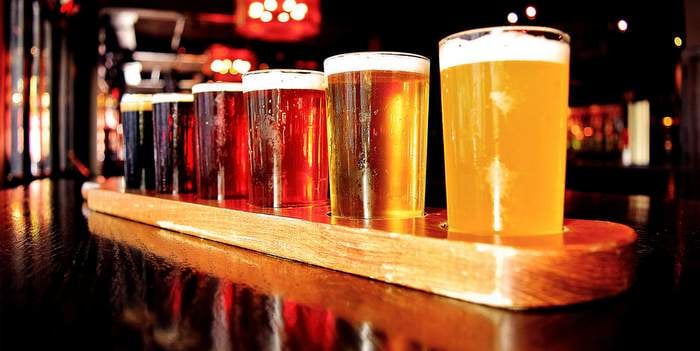
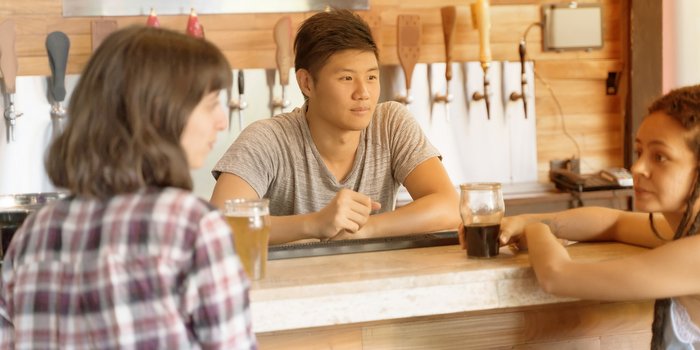
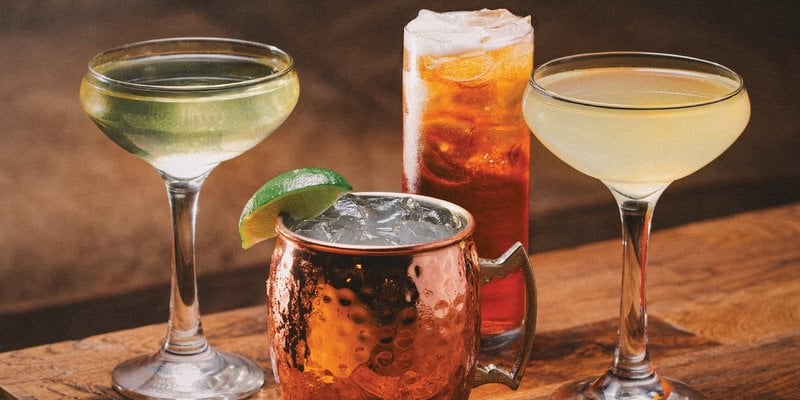
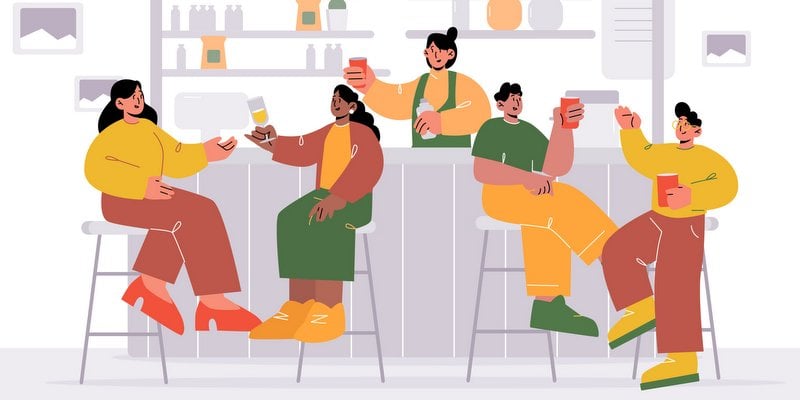
Leave a Reply
You must be logged in to post a comment.